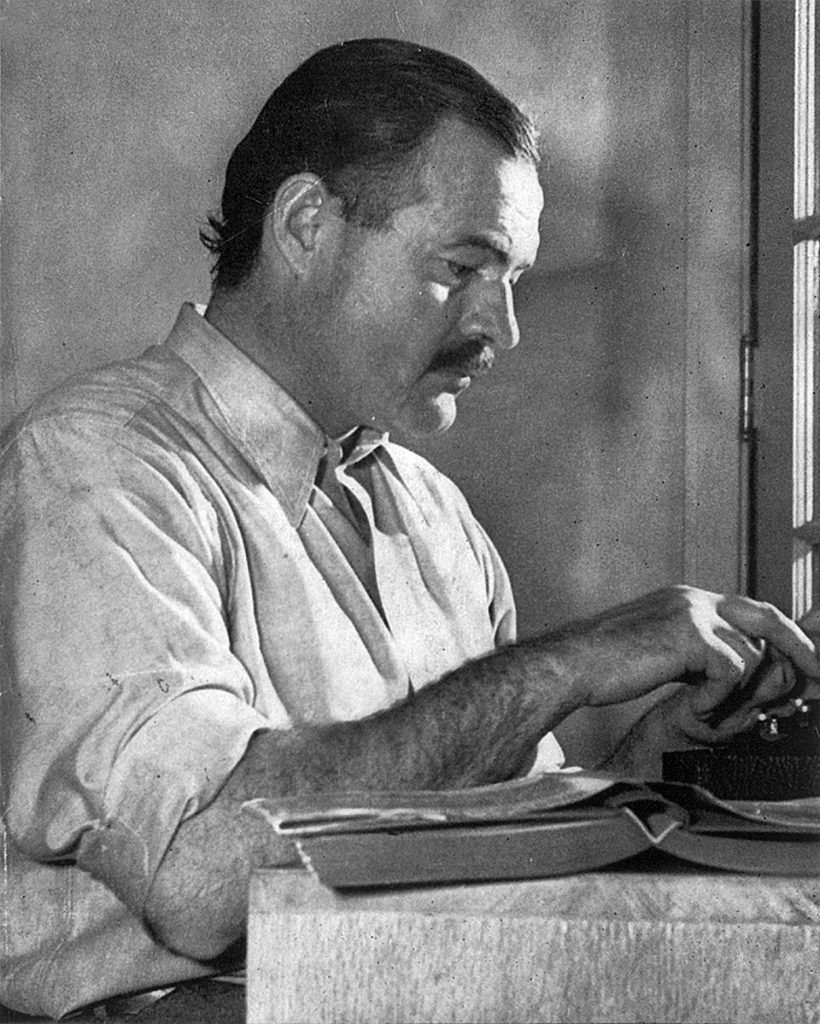John Warner’s Why They Can’t Write: Killing the Five-Paragraph Essay and Other Necessities was published at the end of 2018 and was widely celebrated by my fellow writing instructors. Initially provoked by its title, however, I found the book less engaging than I had expected; and my exchanges with its author on Twitter were also not as productive as I had hoped. It turned out that he had much bigger fish to fry than the simple writing assignment he had used as a hook and, after a year of trying to debate various issues, we finally gave up and left each other in peace. Then, in early December of last year, Ian Bogost, whose work I’ve long admired, cited Warner’s book approvingly in the Atlantic on the occasion of the release of ChatGPT, which, argued Bogost, will make traditional school papers a thing of the past, where he thinks they belong. They bore him. “Imagine worrying about the fate of take-home essay exams,” he balked as if looking directly at me, and then added, as if winking to Warner, “a stupid format that everyone hates but nobody has the courage to kill.” Ouch!
I’ve been thinking about this over the break and it seems fitting to start the new year with some reflections on the “freakout” that ended the last one. I use that word advisedly. When Open AI released its new toy, and everyone, not least me, began to play with it to see what it could do, Warner published a post called “Freaking Out About ChatGPT,” in which he assured us that it was “not a threat to anything truly important when it comes to student learning” even though it could produce a passable five-paragraph essay on most topics without any learning on the part of the student who used it. This, Warner suggested, said more about “the kind of work we allow to stand in for student proficiency” than it does about the about the efficiency of modern technology. Like Bogost, he thinks five-paragraph essays are worthless. The fact that an algorithm can write one in a matter of seconds, he suggests, only proves how utterly unimpressive the performance is. Those who are “freaking out” (I count myself among them) are merely too committed to pedagogies that he abandoned years ago. Or, as Bogost implies, we’re either too stupid or too cowardly. Double ouch!*
Fortunately, I am not entirely alone. At the end of November, just before ChatGPT was released, I had the pleasure of a long conversation with four people who have thought as least as much as I have about these things. Using Charles Knight’s presentation about the future of essay exams as a keynote, he, Anna Mills, Marc Watkins, Anette Vee and I had stimulating exchange of views and experiences over Zoom that did a great deal to prepare me for the events of December, and which you can view on my YouTube channel. Charles has since cited Warner’s work, again approvingly, in his entertaining invocation of Star Trek’s conception of the relationship of humanity to technology, and Warner invited Marc to contribute a guest post to his blog at Inside Higher Ed. So there is promise of a lot of interesting discussion going foward.
However we may feel about it, I agree with Stephen Marche that these recent developments show that artificial intelligence is likely to be highly disruptive to higher education. My intitial reaction was indeed to think that, as he put it, “the college essay is dead,” but I have since grown a little more hopeful that it can survive, much like the book survived the invention of the printing press and the wheel survived the invention of the automobile. Perhaps more precisely, I think it will survive like thinking survived the invention of the book and walking survived the invention of the wheel. But it will force us to rethink writing pedagogy and examination in ways that doesn’t just encourage, but actually requires, students to write sentences and paragraphs. Unlike Warner and Bogost, I’m not happy to let the five-paragraph essay die. Indeed, unlike them, I am not bored when a student (I mean an actual flesh and blood, heart and brain student, a human mind in a human body) produces one. I think we have forgotten what an accomplishment a series of coherent prose paragraphs actually is.
Let us consider the infamously “formulaic” writing task that Warner would have us kill: the five-paragraph essay. When I teach it, I sometimes offer a very specific recipe as a start. Since a paragraph consists of at least six sentences, it can be useful to imagine the problem as that of writing thirty sentences. The first two will describe the state of the world, the next two will describe the state of the field, and the final two sentences of the first paragraph will describe the essay itself. “I will here argue that…,” the fifth sentence might begin, followed by a statement of the essay’s conclusion, which can be reused as the key sentence of the last paragraph. The sixth sentence will outline the three main points of the argument.
I know, I know, you’re bored already. Bear with me, it gets worse!
Those three main points in the sixth sentence provide the content of the key sentences of the second, third, and fourth paragraphs. These can be imagined as the seventh, thirteenth, and nineteenth sentences; and the key sentence of the last paragraph (the conclusion I already mentioned) can become the twenty-fifth sentence; i.e., they could be the first sentences of each paragaph. But it should be pointed out to the students that the key sentence of the first paragraph is actually its fifth sentence (“I will here argue that…”) which is motivated, situated and elaborated before and after. Similar decisions can be made with the others, though putting them at the beginning can ease the reading and result in a perfectly fine text. The essential thing is that there be a key sentence, plus five sentences that support, defend, or elaborate it, in each of the three body paragraphs.
The final paragraph can provide a summary and perspective. One of the sentences (the key sentence) will state the conclusion (perhaps reusing, but ideally rewording, the claim that followed the “that” in the fifth sentence.) Three of them will restate (again, ideally, rephrasing) the key sentences of the body paragraphs, and two of them will redescribe the state of the world or the state of the field in the light of the essay’s conclusion. (Note that in the introductory paragraph the world and the field were described before the conclusion was even mentioned.)
If you’re still with me, you should be able imagine a structure of sentences that is indeed formulaic:
(2 + 2 + 2) + 3 x (1 + 5) + (1 + 3 + 2)
This does not, of course, describe every (perhaps not even any) essay that has ever been written. It merely sets up an exercise. And here’s the kicker: I believe that anyone who claims to know anything in an academic setting is implicitly claiming to be able to write one of these essays about it. Any scholar worth their salt can write thirty coherent sentences that situate their knowledge claims both in a world of common concern and a field of academic inquiry, telling us what they think, and how they know, and why it matters. In every assignment like this, therefore, students are demonstrating their (always partial, ever imperfect) mastery of the scholarhip in their discipline.
Obviously, we should never hold students strictly to any particular formula and deduct marks for every departure from it. But we must continue to insist on the competence implicit in this simple assignment, among both students and scholars. A human being who can produce a text like it in under three hours is doing something that should impress us, even if the subject matter is less than mindblowing. In a class of thirty students, we should be able to distinguish very articulate and knowledgeable students from merely passable ones even if they all stick to the same formula. (If we reward their ventures beyond it, it will be even easier.) The fact that a machine can make one (and I have no doubt that a machine soon will) should not diminish the achievement of an eighteen-year-old who organizes 30 sentences around the the claim that Hamlet’s love for his mother was complicated. Just as we are not unimpressed with an eight-year-old who solves the equation
x = (2 + 2 + 2) + 3 x (1 + 5) + (1 + 3 + 2)
just because a machine can produce the same result in less than a second or because the answer depends on “conventions” like the order of operations. (For good measure, I gave this problem to ChatGPT. It took two tries to get it right. But a calculator can of course do it easily.) That this competence is “formulaic” does not mean it is trivial, and there is no reason that an account of Hamlet’s relationship to his mother must be boring just because it is expressed in orderly prose that follows a preset pattern. Must I paint you a picture? Shall I compare thy paragraph to a sonnet, ChatGPT to a hundred thousand billion sonnets?
I do believe that the advanced state of artificial intelligence constitutes something of an emergency for higher education. If I’m not quite (or just no longer) literally freaking out about it, it is because I believe we have long had a contingency plan in place, albeit precisely the one that Warner and Bogost propose to “kill”. What really worries me now is that they will persuade us (and our students) that a passable 1000-word college essay should no longer be considered an accomplishment. Like I say, this would be like being bored by eight-year-olds mastering addition and multiplication problems. The ability to write coherent prose is not trivial, and not valuable just for its output. A human body that can write even a very conventional essay should be celebrated.
The five-paragraph essay forces students to be both knowledgeable and articulate about an assigned topic “on the spot” and therefore gives them a straighforward opportunity to demonstrate to us whether they have learned what we have tried to teach them. If they know they actually have to write a good one, to a prompt they don’t know in advance (but of course on a topic that is relevant to the class they are taking), they have a reason, not just to learn the material, but to keep their thinking and prose in good shape. Perhaps this will even motivate them to write their own take-home essays themselves just for practice! We just have to put them in a room for three hours without the internet at regular intervals, with a substantial grade at stake, and have them show us what they can do. If we take the time to talk to them about it afterwards, all the better. But we must, in any case, insist that they develop the ability to compose a coherent essay. If there’s any hope, it lies in the prose.
See also: “Prompts and Conditions”
_________
*Update (31.10.25): John Warner has since written a book about AI and writing instruction: More Than Words (Basic Books, 2025).

